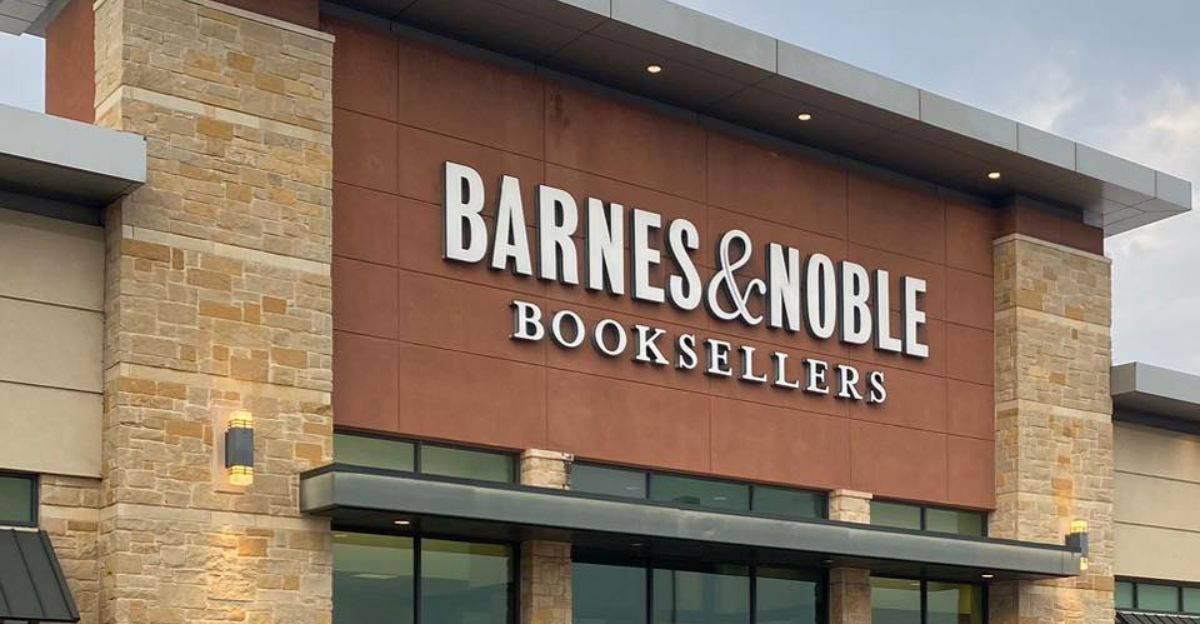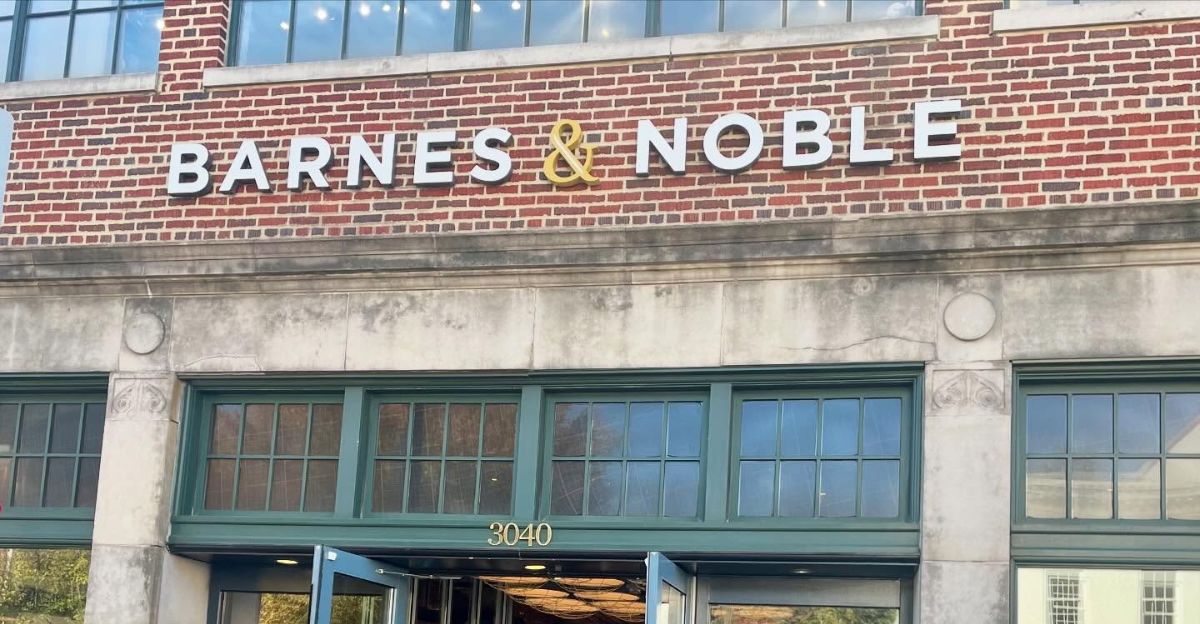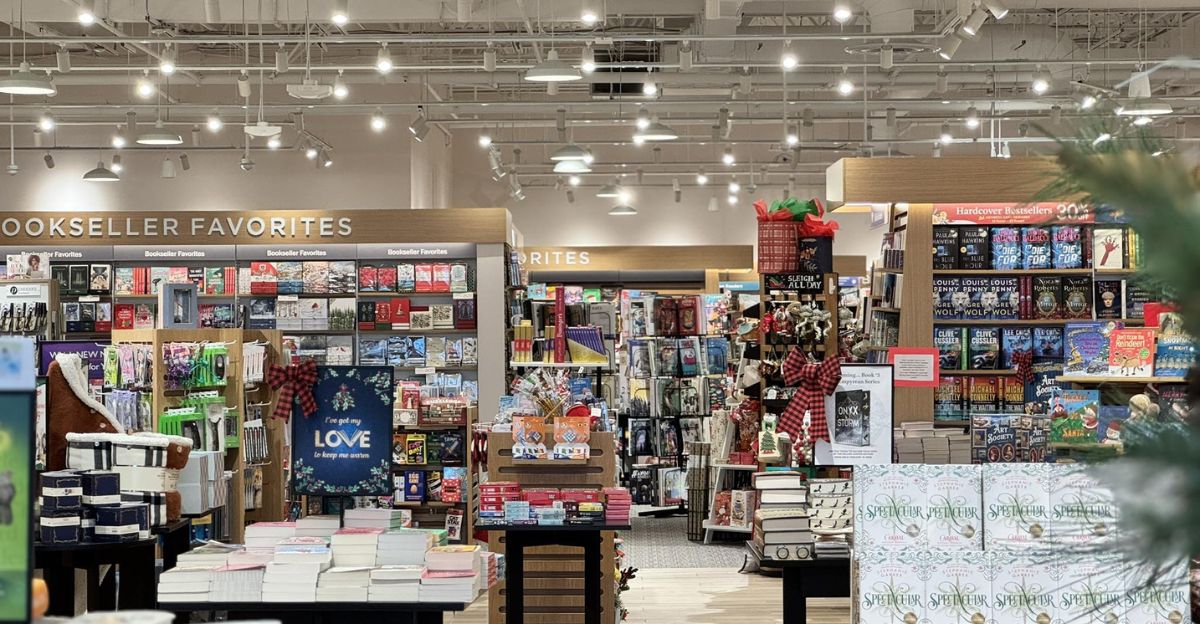
Some pleasantly surprising news is coming from the retail industry: Barnes & Noble is expanding its brick-and-mortar footprint, opening over 60 new locations in 2025. Booklovers everywhere are rejoicing in the return of physical bookstores in an era where books are increasingly being seen as obsolete.
The announcement follows the successful opening of 57 stores in 2024—the highest in a single year in company history. Long written off as collateral damage in the e-commerce era, the chain has instead become a shining example of brick-and-mortar fortitude.
CEO James Daunt has been credited with this shift after implementing a somewhat risky new strategy. It’s succeeding. Revenues and consumer loyalty have increased. Let’s take a look at the factors that brought Barnes & Noble to this new venture and the exciting strategy its CEO rolled out.
Independent Bookstores Thrive

Contrary to many previous predictions, Barnes & Noble’s growth is matched by an increase in independent bookstores. The American Booksellers Association has counted over 200 new independent stores since 2022 and another 190 to come in the next two years.
Rather than competing with one another, both sectors are thriving by serving distinct niches. Independent stores offer hyper-curated options, while Barnes & Noble provides accessibility and quantity.
In fact, the chain’s less corporate, more local approach copies indie tactics. Rather than being rivals, both are part of a bigger renaissance of book culture. The moral? Physical bookstores are a non-zero game where the rising literary tide lifts all shelves.
Third Places and Community Hubs

The new Barnes & Noble is not just a store—it’s a “third place”. In sociological terms, this is a common public space apart from home and work. Starbucks once monopolized this function, but bookstores are filling the gap.
With comfortable seating, local events, and integrated cafés, Barnes & Noble aims to create a hybrid space for entertainment and discovery. For example, you can attend a poetry reading, grab a cappuccino, or browse idly within one store.
With digital loneliness rearing its ugly head, consumers crave real, social experiences. Such a reimagined bookstore is less about merchandise and more about atmosphere.
The BookTok Effect

Some of Barnes & Noble’s resurgence is due to an unlikely source: TikTok. More overtly, #BookTok—a viral subculture where fans passionately recommend and review books—has played a significant role in what people buy.
Entire display tables are now stocked with BookTok favorites. Rebecca Yarros’ Onyx Storm became a bestseller in record numbers, in part thanks to BookTok influencers. With many more examples, this platform has proven that it’s not just digital buzz; it’s actively affecting real-world inventory.
Barnes & Noble now permits trending TikTok books to guide its merchandising, drawing Gen Z and younger millennials into the stores. The irony is that not so long ago, social media condemned physical books, and now it’s giving new life to physical stores.
A Global View

Barnes & Noble’s rebirth can be seen internationally as well. In the U.K., its own sibling chain, Waterstones, has also made a strong comeback under the guidance of Daunt. Having lost its centralized merchandising, Waterstones turned profitable again, as did its US equivalent.
Independent bookstores in France, Japan, and South Korea are also experiencing similar revivals. This is an international reaction to screen fatigue and a cultural need for analog spaces. And it appears that literate countries with healthy publishing cultures are leading the charge.
The revival disproves the myth that e-readers, tablets, and smartphones will kill print. Around the globe, readers are returning to bookstores—and discovering they never really left in the first place.
Introducing Localized Management

As part of the expansion strategy, James Daunt dissolved centralized merchandising when he took over as CEO. Many argued that this move was reckless. However, it appears that the strategy was far from it; the idea was actually revolutionary.
Store managers now curate their own product selections based on regional tastes. For example, a Texas location in Austin might feature Texas writers, while a Seattle store might double down on tech and philosophy.
This bottom-up empowerment gives stores personality and local charm. Further, employees feel that they have more of a say in the business, and customers feel heard. The return is worth it. Stores are seeing more foot traffic, better event attendance, and more community partnerships.
Strategic Store Openings

These new Barnes & Noble stores are not coincidental either. Each location is chosen with care to bring new life to a specific neighborhood or fill a cultural void.
For example, in Georgetown, D.C., a flagship store will be the centerpiece of a redeveloped retail strip, and in Chicago’s Wicker Park, Barnes & Noble is breathing new life into a 1920s Noel State Bank building.
These decisions combine commerce and civic pride, incorporating bookstores into a neighborhood’s or city’s history and architecture. The expansion doesn’t aim just to sell more books; it’s about rediscovering local character through their thoughtful investments in storytelling.
Challenges and Opportunities

Naturally, replicating this success on a larger scale is risky because the retail environment is highly volatile. Commercial rents are increasingly more expensive, and digital competition is fierce.
However, there’s also a limited pool of skilled booksellers; therefore, sustaining quality in dozens of new locations is a considerable challenge. However, the opportunity potentially has immense benefits, especially as consumer appetite for physical spaces to browse, linger, and chat is coming back.
If Barnes & Noble continues to balance national resources with local character, it may grow into something unusual: a big box store with character. The secret is staying agile—expanding while staying cozy.
The Future of Book Retail

Barnes & Noble’s expansion is more than a corporate comeback—it signals a new era for physical book sales. If this strategy works, it has the potential to spur comebacks in other struggling retail sectors, such as music stores, video stores, or even toy stores.
Imagine nostalgia and experiential retail as the new wave? Where a revival of hand-picked, community-based stores begins to address market needs once thought to be dead. Barnes & Noble isn’t just selling books anymore; it’s experimenting with and celebrating human connection.
What’s more, the next generation of consumers isn’t just buying; they’re searching for identity, meaning, and place. The question isn’t whether bookstores can live on—but whether we can without them.
Discover more trending stories and Follow us to keep inspiration flowing to your feed!

Craving more home and lifestyle inspiration? Hit Follow to keep the creativity flowing, and let us know your thoughts in the comments below!
